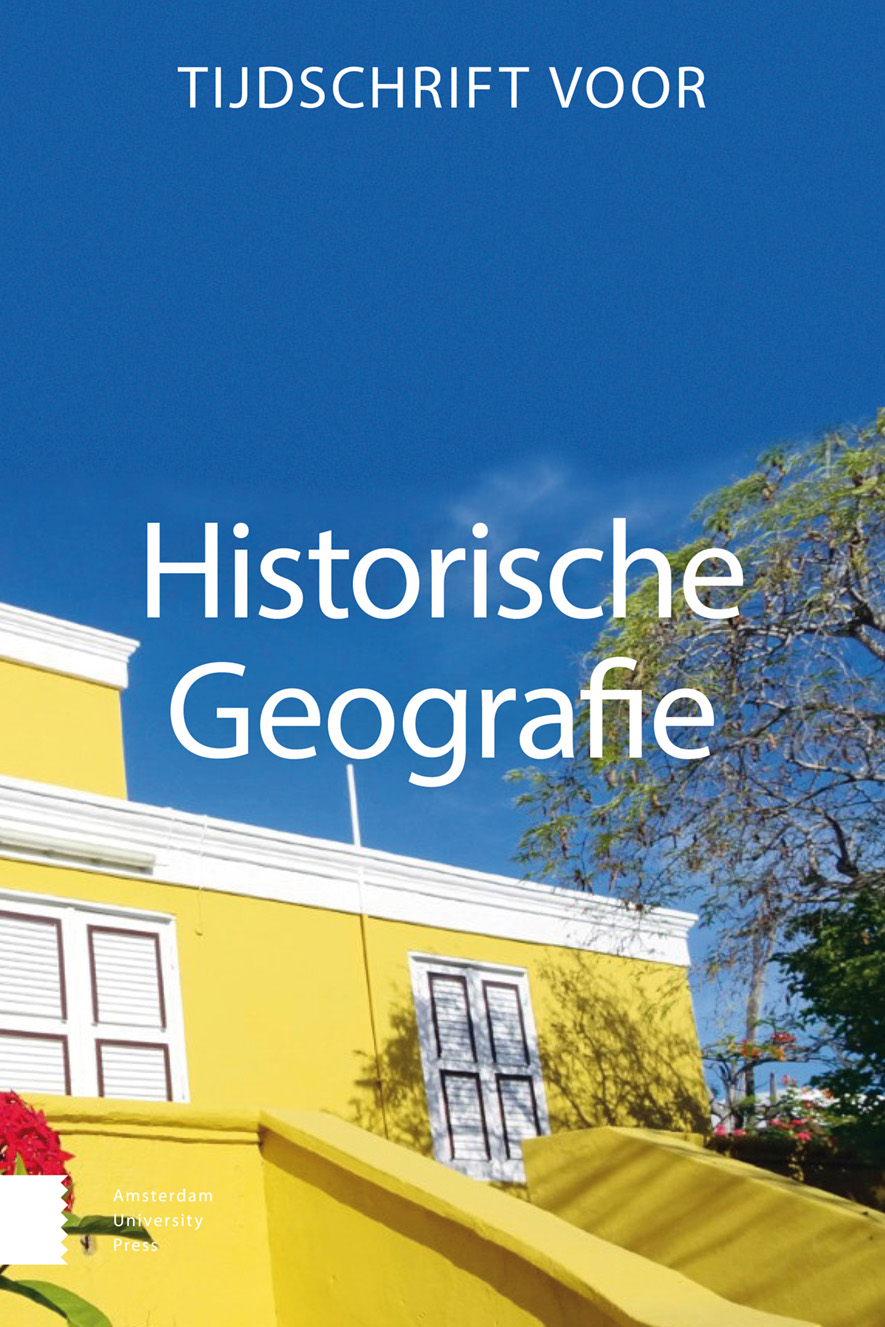- Home
- A-Z Publications
- Tijdschrift voor Historische Geografie
- Previous Issues
- Volume 4, Issue 4, 2019
Tijdschrift voor Historische Geografie - Volume 4, Issue 4, 2019
Volume 4, Issue 4, 2019
-
-
Bedreigde bouwvallen
More LessAuthors: PURMER MICHIEL & HENK BAASThreatened ruins. Castle remains in the Dutch landscape anno 2019In The Netherlands, around 80 castle ruins are preserved. In 1997, a book was dedicated to the castle ruin. A year later, one of the authors of this paper investigated castle remains as part of a historical geographical inventory. In 2012, the Dutch State Heritage Agency wrote a practical guide for the conservation and development of castle ruins. In this article, the authors describe the development of ruins in the past 20 years. They tried to investigate the development of the castle ruins since the late nineties and tried to categorize this. Rebuilding of the castle, partly or totally, appeared in almost 10% of all ruins. In other cases, there was attention for the touristic infrastructure around the ruin. In most cases however (68%), the ruins stayed more or less intact, with sometimes careful consolidation or restoration. Sometimes, the surroundings of the ruin changed dramatically with the development of housing, infrastructure or other forms of urbanization. In other examples, historical gardens were restored or reconstructed.
There are however several plans for the rebuilding or reconstruction of ruins. These plans often provide the new castle with functions, from wedding location to hotel or office-space. This could be a good development for castles destroyed relatively short ago, i.e. in the Second World War or in de postwar period. Many ruins are however destroyed centuries ago. Given the limited amount of ruins in The Netherlands and the sometimes centuries old development of the landscape and the ruin itself, the authors plea for more attention for the castle ruins as such.
-
-
-
Onrust in de Dollard
More LessBy KAREL ESSINKTension in the Dollard. A fishing conflict from 1911-1933In the Dollard, a brackish embayment of the Ems estuary, German and Dutch fishermen used to go out on the tidal flats to collect shrimps and other fish caught in simple fykenets. German fishermen payed little attention to the since 1723 existing border. In 1911, Dutch fishery act came in force, limiting the German fishers to their territory. This paper describes how fishermen and authorities initially maintained their positions, but after some time reached a conditional compromise. After 1945, the conflict faded away due to the mechanization of shrimp fishing and nature protection measures.
-
-
-
Komen en gaan
More LessAuthors: BERT GROENEWOUDT & JAN VAN DOESBURGCome and go. Coastal seasonality as part of a land use cycleLarge artificial habitation platforms (‘terps’) are widely distributed along the southern North Sea coasts. In this article we focus on the less known, small medieval (11-14th century AD) platforms, or ‘peat terps’, situated somewhat further inland, on the edge of the extensive peat bogs which until medieval times covered much of the lowlands of the Netherlands. Here yearround mixed farming was followed by seasonal animal husbandry, and vice-versa. Data are confronted with existing models on the dynamics of human exploitation and colonisation of North Sea coastal wetlands. The evidence from ‘peat terps’ seems to reflect distinct and successive land-use types or strategies (from extensive to intensive) that are associated with different colonization phases. Changes in land use are related to environmental changes that are largely human-induced: in peat areas drainage lowered the land surface resulting in rising ground water tables. The observed succession of land-use types and the associated material culture bear a strong resemblance to developments elsewhere along the North Sea coast, partly dating to earlier periods. This confirms that before the building of dikes all along the coast (c. AD 1200) land use followed a cyclical path, as suggested by Brandt et al., 1984.
-
-
-
Leven met water
More LessLiving with water. The Dijkenkaart of the NetherlandsDe Cultural Heritage Agency made an interesting digital map (in GIS) of all the dikes in the Netherlands. This was possible by using existing digital maps, but new research was necessary to make this general overview. There was discussion about the dating of dikes, because dikes can be of medieval origin, but were adjusted over time. Besides dikes, researchers find GIS and historical information on poldermills, kolks, reclamations and pumping stations. That is why this map is called ‘Living with water’, because this information can help addressing new challenges in climate adaptation strategies dealing with water. Everyone can take a look, or download the map in GIS, on www.cultureelerfgoed.nl/onderwerpen/bronnen-en-kaarten/overzicht/levenmet-water-kaart.
-
Most Read This Month


